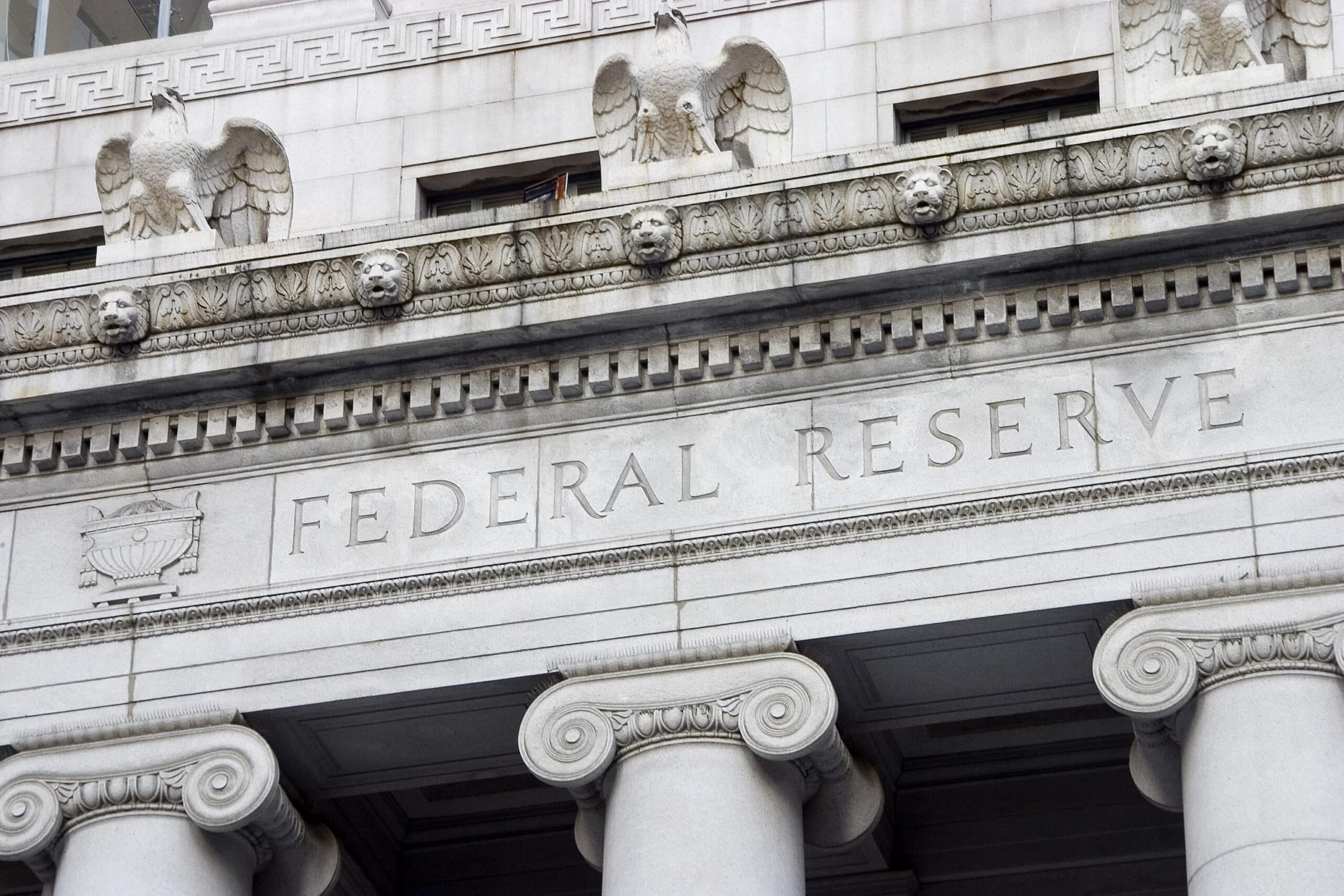Heads or Tails?
A few months back, I blogged about the fact that, increasingly, we’re seeing borrowers whose credit scores are getting hammered because of factors largely outside their control. I proposed that lenders delve deeper into the details of applicants’ credit histories to determine the root of the lower credit scores.
“If not, lenders will pass up some great borrowers who simply hit on hard times,” I wrote at the time. “And borrowers will have to wait longer to secure credit, which will significantly slow the industry’s rebound.”

(To read the original post and the back-and-forth that ensued, click here.)
But here’s the flip side of that coin, as pointed out to me yesterday by the chief credit officer at a small nonprime finance company. Lenders actually need to perform the opposite analysis on their portfolios: Are credit scores being artificially inflated because of credit inactivity? In other words, nowadays you might find more customers whose average revolving balances are down — because they had their credit card limits capped — and their number of credit inquiries is lower — because credit is tight. Their credit scores might end up 30 points higher, but is that an indicator that they’re paying better than before? Not necessarily.
The bottom line, as the credit chief officer put it: Scorecards predict yesterday perfectly.
Once loans are on the books, all that lenders can do is manage them to the best of their ability. Be aware of potentially inflated credit scores, just as you are cognizant of potentially deflated scores. And if something is amiss, accelerate the collection process.

















Overall the long expansion inflated credit scores: being able to “flip” a house made it easy to keep in the good graces of creditors, even with low income. And since FICO uses recent history to set the parameters for their models, there’s lots of momentum: recent low default rates leads to the prediction of continued low default rates. Today’s reality requires their models to be re-based, and that won’t happen overnight. So I’m curious how lenders have adjusted to that.
Marcie’s point is a variation on the same: the models draw from assumptions of stability in behavior. So a sudden freeze in credit availability can as she notes have the ironic impact of boosting credit scores in the short-run.
But I’m an academic and not a lender. (Let’s not talk about the borrower side … I’m building a house right now.) So I look forward to posts responding to Marcie from those trying to arrange credit and those on the lending side.
Smitka is correct. Underwriting will require substantially more work and will require that lenders start with the premise “what is best for the borrower?”
The sub-prime lender probably will have significant difficulty with that premise because their business model is “what is best for the sub-prime lender?”
There is a market for sub-prime lending and the addtitional interst rate should be compensation for the deeper underwriting and understanding of the events that have led to the lower credit score. It will require underwriting that includes character and capital in addition to collateral, capacity, and credit. Yes, FICO can be good looking back. Good underwriting also looks forward.
Because it appears that the traditional prime lenders do not have that ability, where are the sub-prime lenders going to get their lending officers?
With regard to non-mortgage consumer credit, when I have spoken with the senior staff at major banks, there is a gross inability to discuss credit analysis beyond reliance on FICO and few even undertand the depth of the FICO algorithms. Most of the emphasis has been on account acquisition and administration and not on underwriting. We can see the results based on the TARP funding and to some degree in the stress tests although we have not seen the areas where the stress tests failed. We can surmise the areas holding the “Investment paper” whether it is CDS, mortgages, etc have problems.
For the purpose of this topic, we can start to look at delinquency and losses in the consumer products areas for clues. Last September (before being closed), Senior staff at WAMU told me that 10% losses in credit card was “not good but not a big deal” and that underwriting with capaity ratios at 50-60% was the ‘West Coast” way. Not one maor bank could discuss in depth the effect of high card limits and line availability as it impacts direct and indirect auto. why – because the credit areas are in “silos” and do not appear to cross-train outside the silo. In the Fed stress tests, Chase showed up the best and one reason is that their target market is “Super-Prime”.
Most banks making insured mortgage loans were forced to follow external underwriting requirements including a look at the customers ability to pay (what a novel idea) and those portfolios do not have the consequences that the mortgage broker originations had.
Your Auto Risk conference coming up needs some heavy conversations on this.
Good luck!